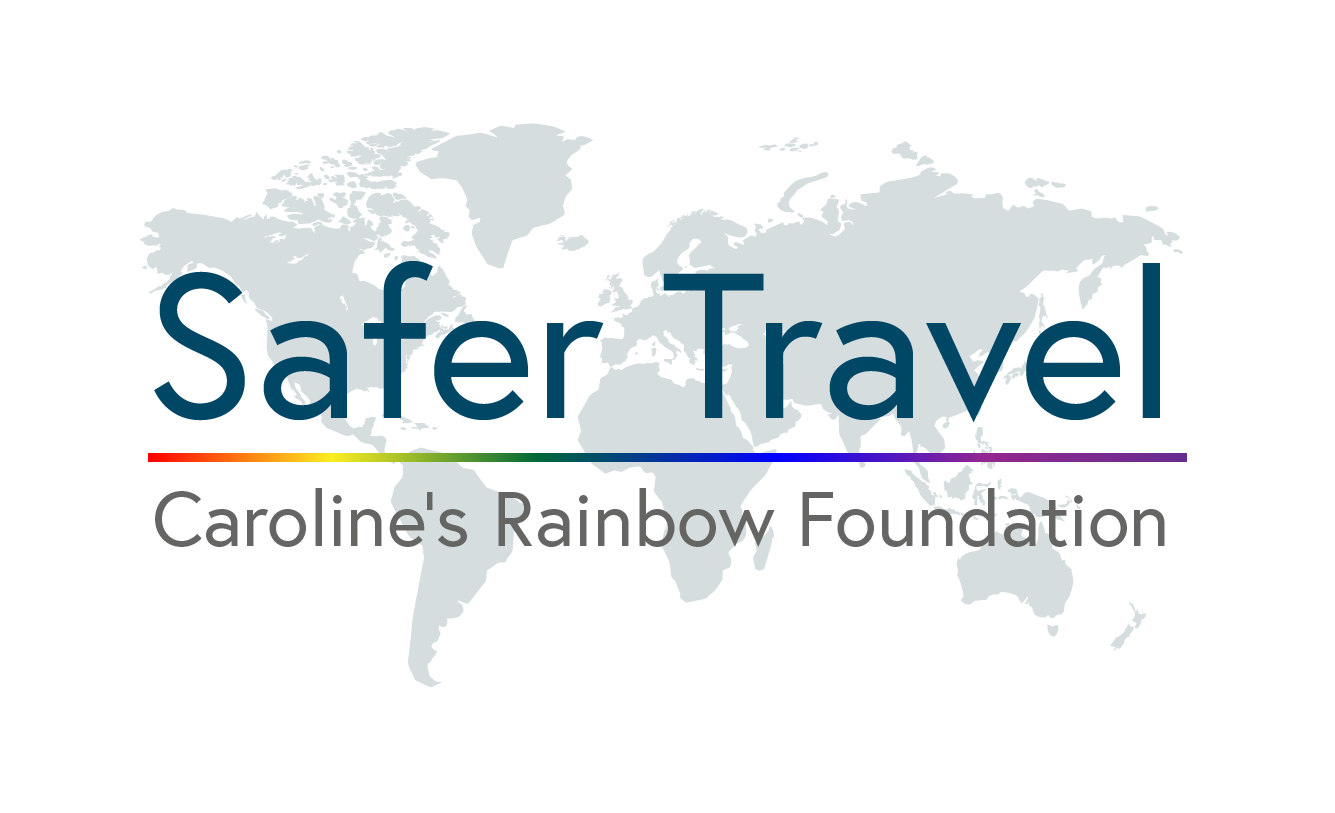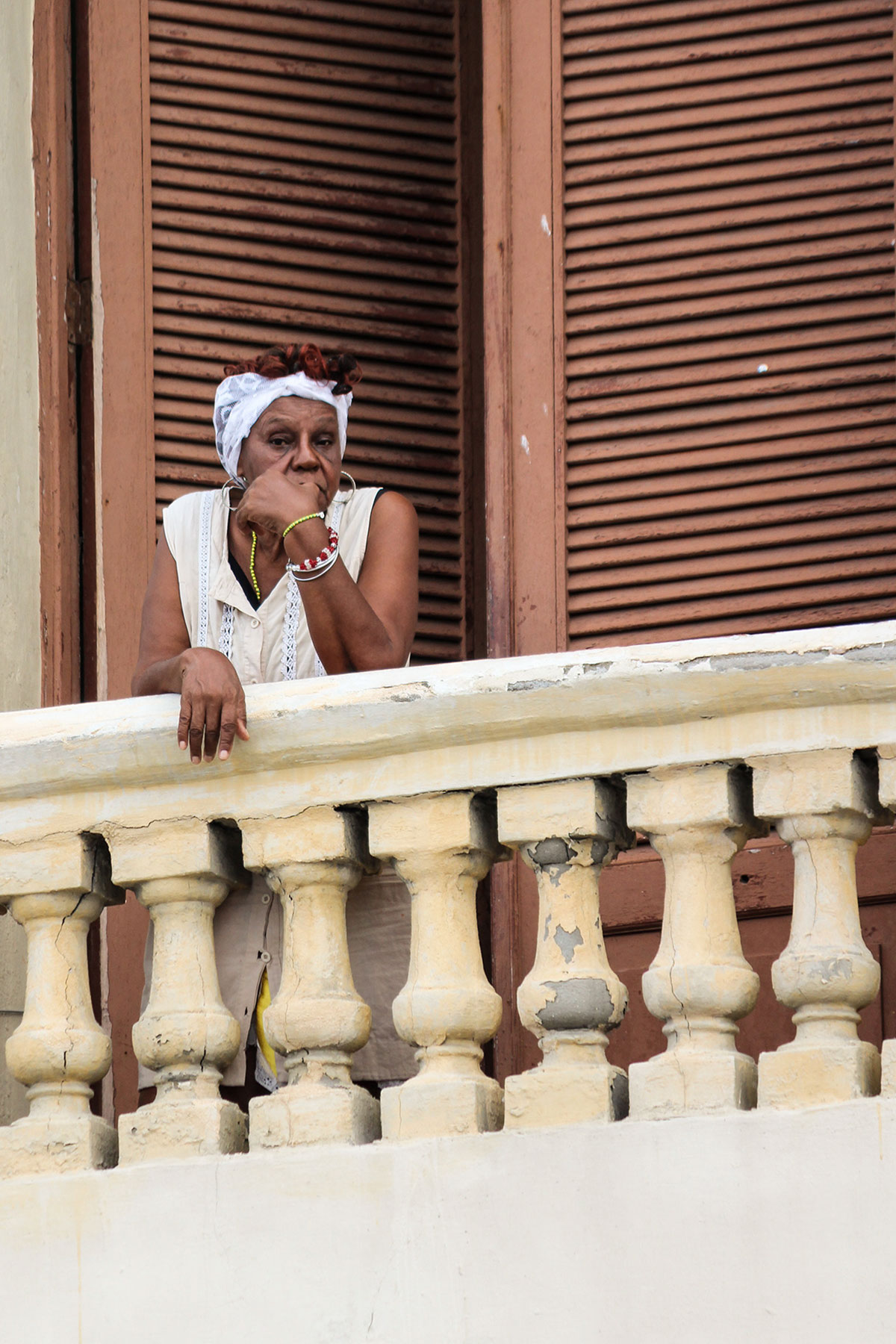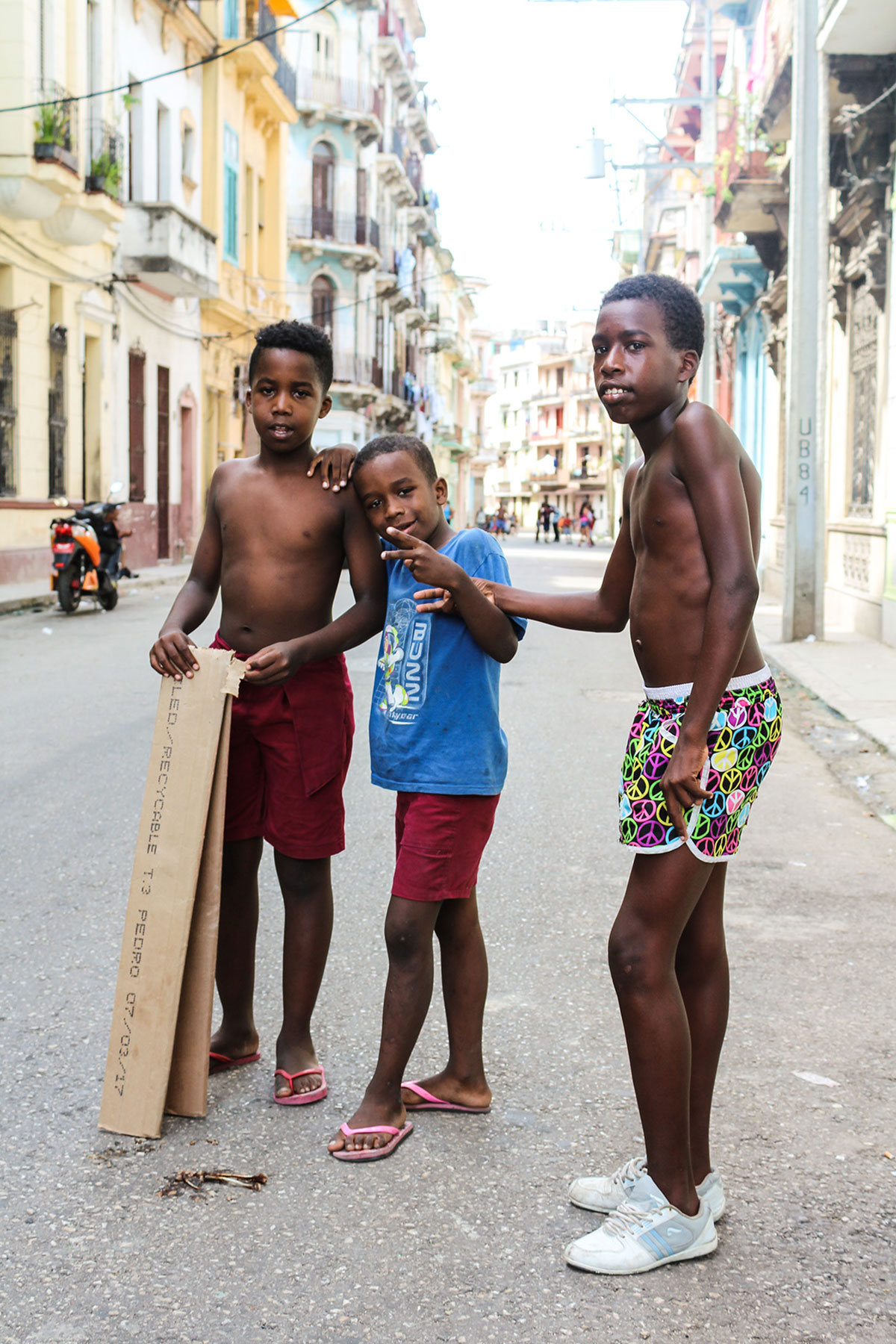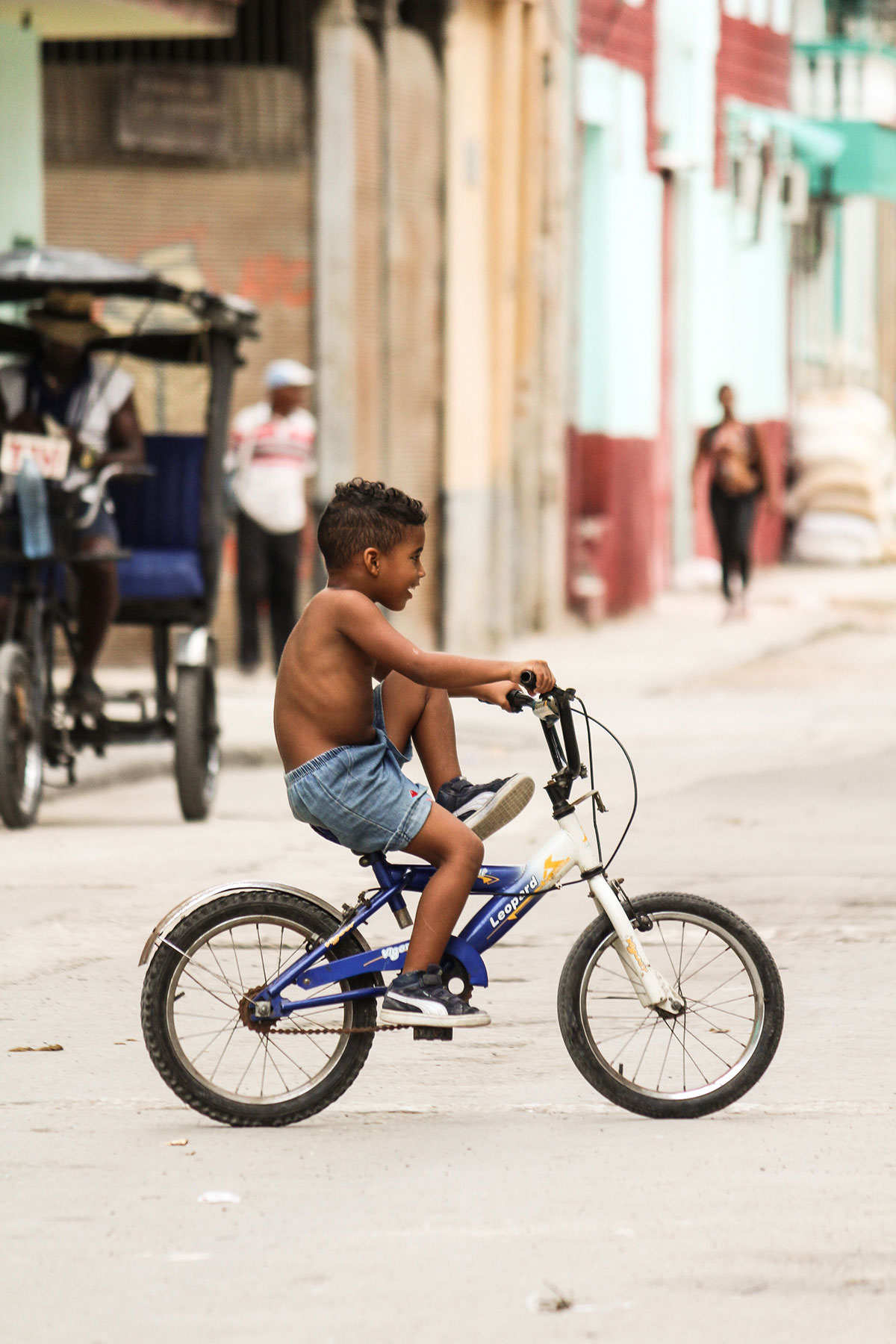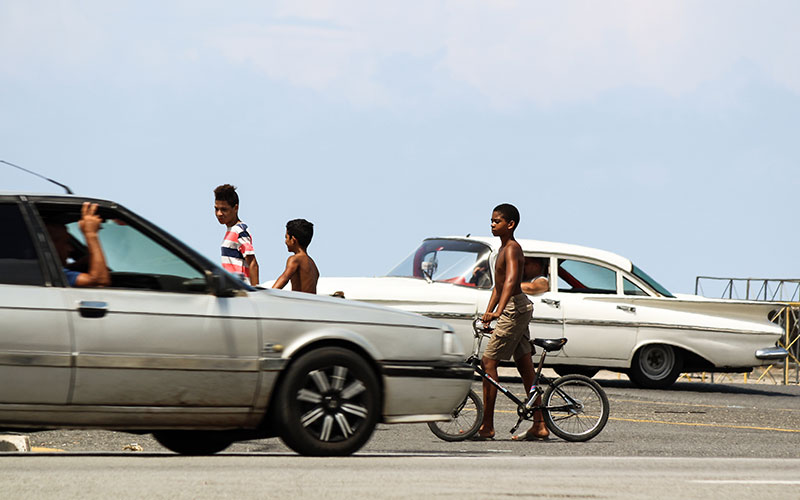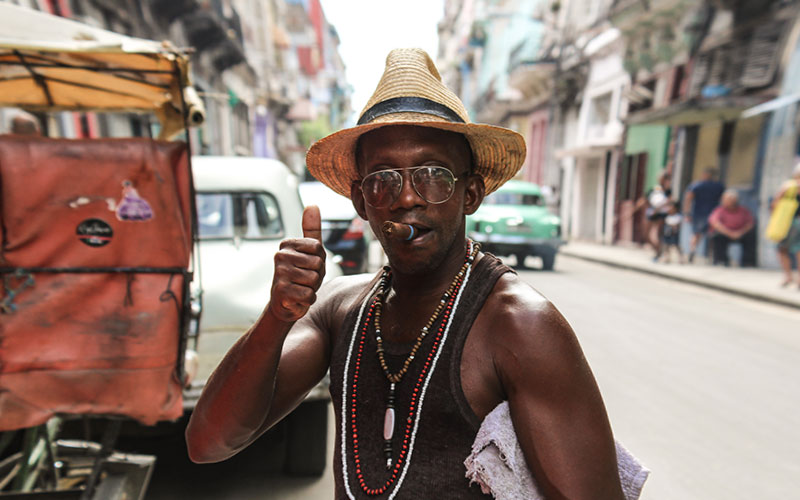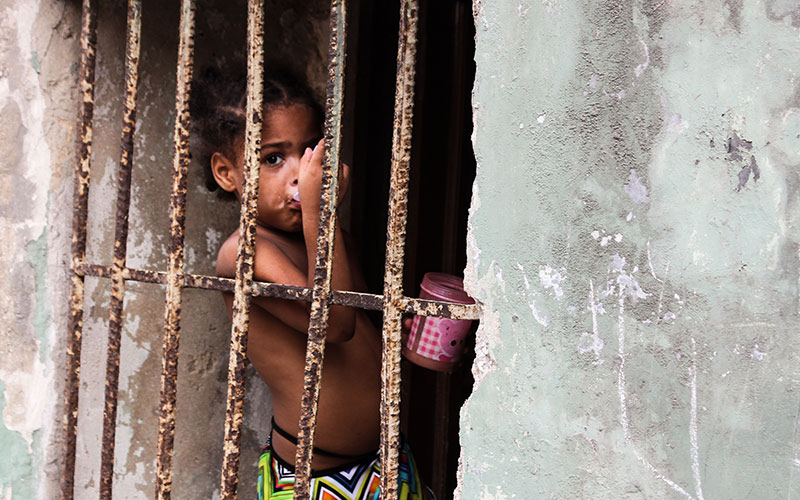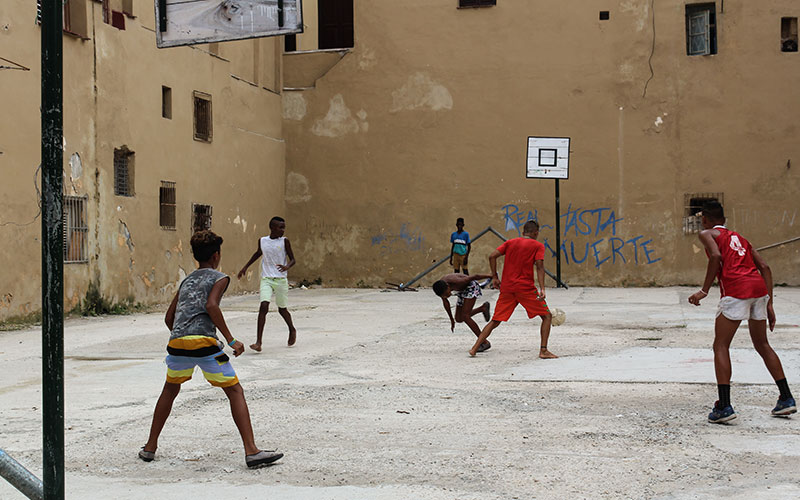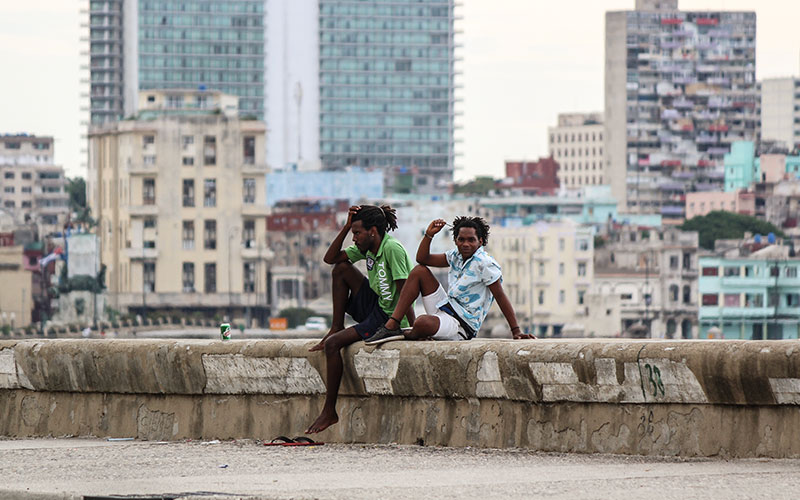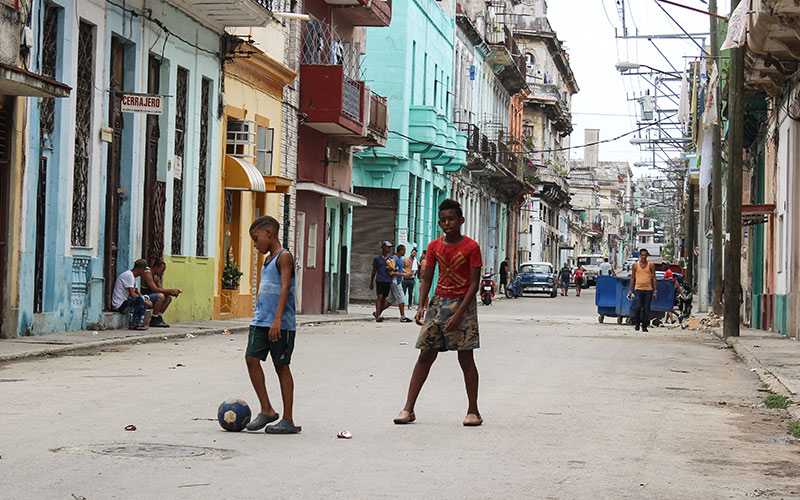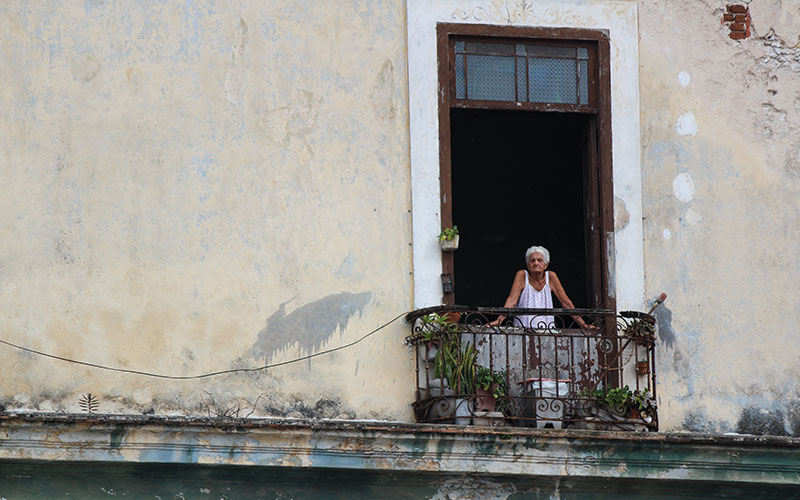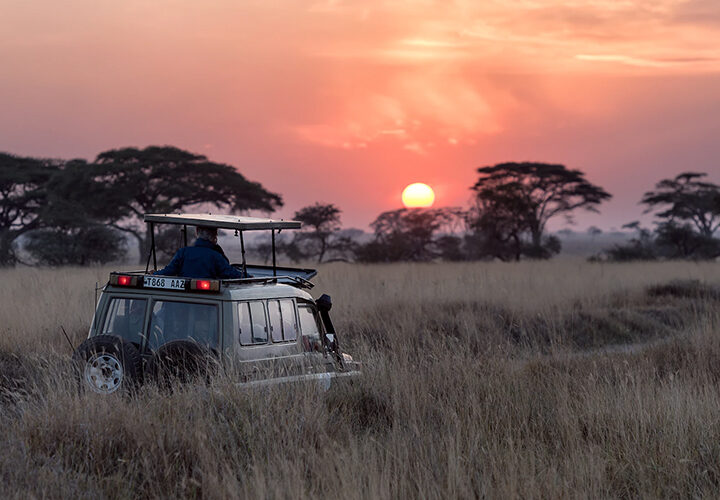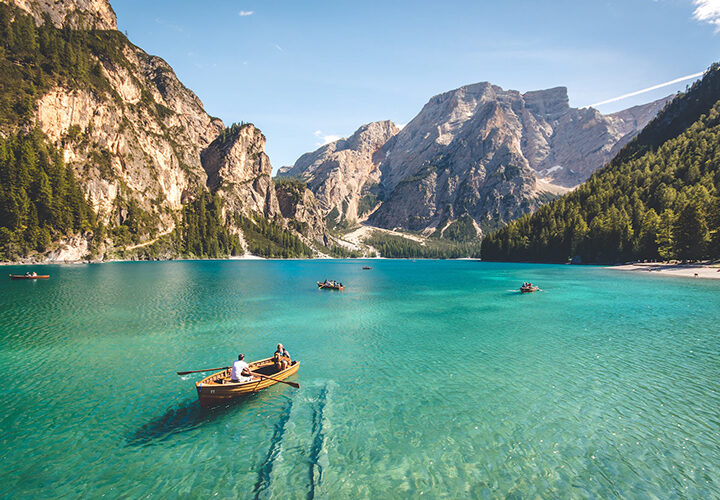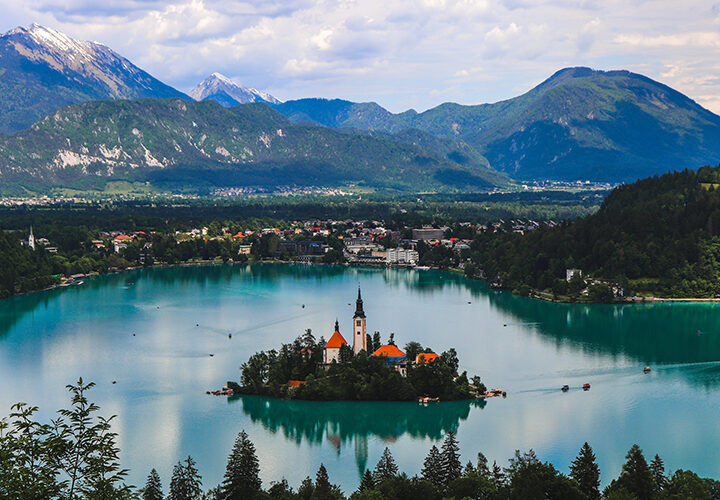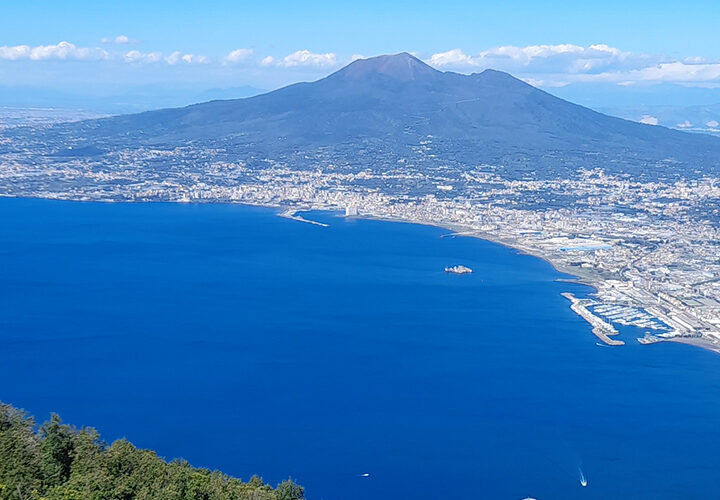How Not To Travel To Havana
In this blog post, I’ll be recalling my experience in Cuba and touching on some lessons that we learned the hard way so that you hopefully don’t fall into the same mistakes.
It was the summer of 2017 and I’d just finished my 2nd summer working at a camp in Upstate New York. After working at camp, the staff tend to split off and spend time travelling with friends with the money earned over the summer. In my case, I was off to the Caribbean for a trip with two friends I’d just met. Cuba had been on my to-do list for a good while and it was time to tick that box.

“I couldn’t be more excited.”
With a keen interest in saving all of our money for the main part of our trip, we decided to spend a night sleeping rough in LaGuardia airport before our flight the next morning out of New York City. We arrived at the airport at around midnight to find that we were the only ones in the terminal and all of the lounges were closed. We pitched up in a corner opposite the check-in desks, tied our luggage to ourselves and tried to get some sleep on the cold tile floor. Hurricane Harvey swept through Texas that day, causing more complications and a cancellation on one of our connecting flights. We eventually reached Mexico with enough time spare to catch a sunset on the beach and release some newly hatched turtles.
After an incredible week in Mexico, we were at the check-in desk bound for Havana. We were very much playing everything by ear and I had not yet booked a flight out of Havana. This turned out to be a pretty bad idea as no one was allowed into Cuba without proof of a flight out of the country at the end of their stay. Luckily, with the aid of smartphones and websites such as SkyScanner.net, I was able to quickly book a flight from Havana to Miami. I showed the man at the desk and we were allowed to proceed.
After a glorious 40 minute flight over the Gulf with a cerveza in hand, we were greeted by our AirBnB host wielding a cardboard sign with my name on it. His cousin picked us up and drove us to the apartment through the streets of Havana in a beaten up 1950’s Chevrolet with no seat belts. I was finally in Cuba! I sat in awe looking out of the window for the whole journey as we bumped over endless potholes. We passed large freight trains, crumbled buildings and horse and cart – it was like we had stepped back in time.
As we hauled our luggage up 4 flights of stairs in the residential building where our AirBnB was, it seemed every resident had their front door open and the smell of home-cooking was overwhelmingly good. I noticed that every room in the building had the identical set of 1950’s style furniture. There was no TV, no radio and no internet connection. We were off the grid for the next five days and I was pretty excited about it.
With very minimal research prior to our trip, we had ended up staying in a residential area where it seemed there wasn’t much tourism and no beaches in sight. The Cuban people seemed delighted to see us and on several occasions, we were stopped by locals who just wanted to chat and welcome us to the city. Others invited us to their home and offered us souvenirs. One couple even abandoned the bus stop they were waiting by and spent a couple of hours guiding us throughout the city, informing us on Havana’s history. They took us to a Mojito bar, which was apparently Fidel Castro’s favourite spot. When we offered to buy them a Mojito for their troubles, they declined and simply asked for some money instead so that they could buy milk for their baby. That was a real eye-opener.
Getting cash out proved almost impossible, as all of the ATMs that we found didn’t accept our foreign bank cards. We queued to get into an exchange bureau at a hotel down the road, but the connection was very temperamental so the card machine was often out of use. It took us three days before we were able to draw out any cash.
Tip: Take your money out before you enter Cuba!
We ventured to the local supermarket to pick up a few bits. The shop seemed almost post-apocalyptic; the shelves were bare with only water and rum – no fresh food at all. We failed to find even essential items such as toilet paper, which proved tragic later on when all three of us came down with violent food poisoning. The electricity cut out every few minutes and a loud whirring alarm would sound every time it turned back on. Every item had to be re-scanned and the lines piled up behind the tills. No bags were allowed inside the shop to prevent people stealing and an armed police officer was at the exit to rip everyone’s receipt as they left.
Right after the Socialist Revolution in 1959, Fidel Castro’s government seized all private businesses and land. Every restaurant, factory, hospital and home became property of the government. The state set prices for everything and decided how much people got paid. The private sector disappeared overnight. Cuba survived for many years with subsidies from the Soviet Union, but after its collapse the economy gradually got worse. Things began to change in the ‘90’s, as the government allowed a small number of private establishments to open. To this day taxi drivers earn drastically more than doctors in Cuba, due to the fact that they have private licences and their salaries are not set by the state. This allows them to charge tourists high prices and receive tips. The black market is often associated with negativity, although for many people in Cuba it is simply a necessity in order to survive on an extra income. Some people shine shoes, sell ice-pops and cut hair on the black market, for example. Prostitution is still very present. As tourists, we were continuously targeted by the procurer and wolf-whistled by the women working for him. We politely declined their offers.
Cubans are incredibly sociable people and the streets were often filled with children playing together and neighbours chatting on the curb. When I travel, I always bring a camera to take portraits of locals where possible. I find that it’s a great way to capture and share my experience of a different culture. The openness of the Cuban people made it easier for me to communicate with them and make a portrait, despite the language barrier. A group of kids even followed me for over 10 minutes to ask for a photo, as they were intrigued by my camera. We laughed together when I showed them the images back on the display screen.
As we were in Cuba, we decided to pick up a box of cigars. We were met by a man on the street who guided us back to the house of a cigar factory worker. We entered the front room of his house, where the entire family sat quietly watching a small box TV. The owner pulled back a cover behind the door, revealing dozens of different cigar boxes. He explained in Spanish the uniqueness of all of the cigars and held each one up to our noses to smell. We decided to buy 10. Most nights were spent on our small balcony looking out onto Old Havana as vintage cars whizzed by and street lamps flickered. We sipped rum, smoked cigars and laughed for hours. It was refreshing to sit, uninterrupted by social media or the ‘ping’ of a phone message.
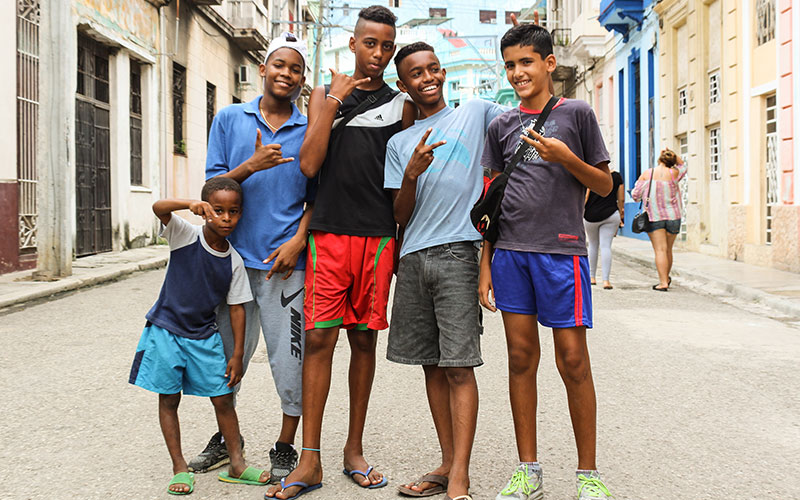
Havana, Cuba is a beautifully unique place and somewhere I dream of returning to one day. The positivity and energy of the Cuban people gave me perspective on my own way of life. Our trip was incredible and we definitely learned a few things the hard way. To round off the blog post, here are a few of my top tips if you’re planning a trip to Havana:
- Research the location of your accommodation before you book.
- Book your return flight in advance.
- Get your CUC (Cuban currency) out before you enter the country.
- Bring extra toiletries, as they’ll be difficult to find when you’re in the country.
- Tip the locals in products. Cash is great, but Cubans will most appreciate receiving daily items that can be hard to come by or too expensive to purchase. This could be toiletries, sanitary products or even articles of clothing.
- Take the chance to unplug and enjoy time away from the screen.
Written by Chris Healey
